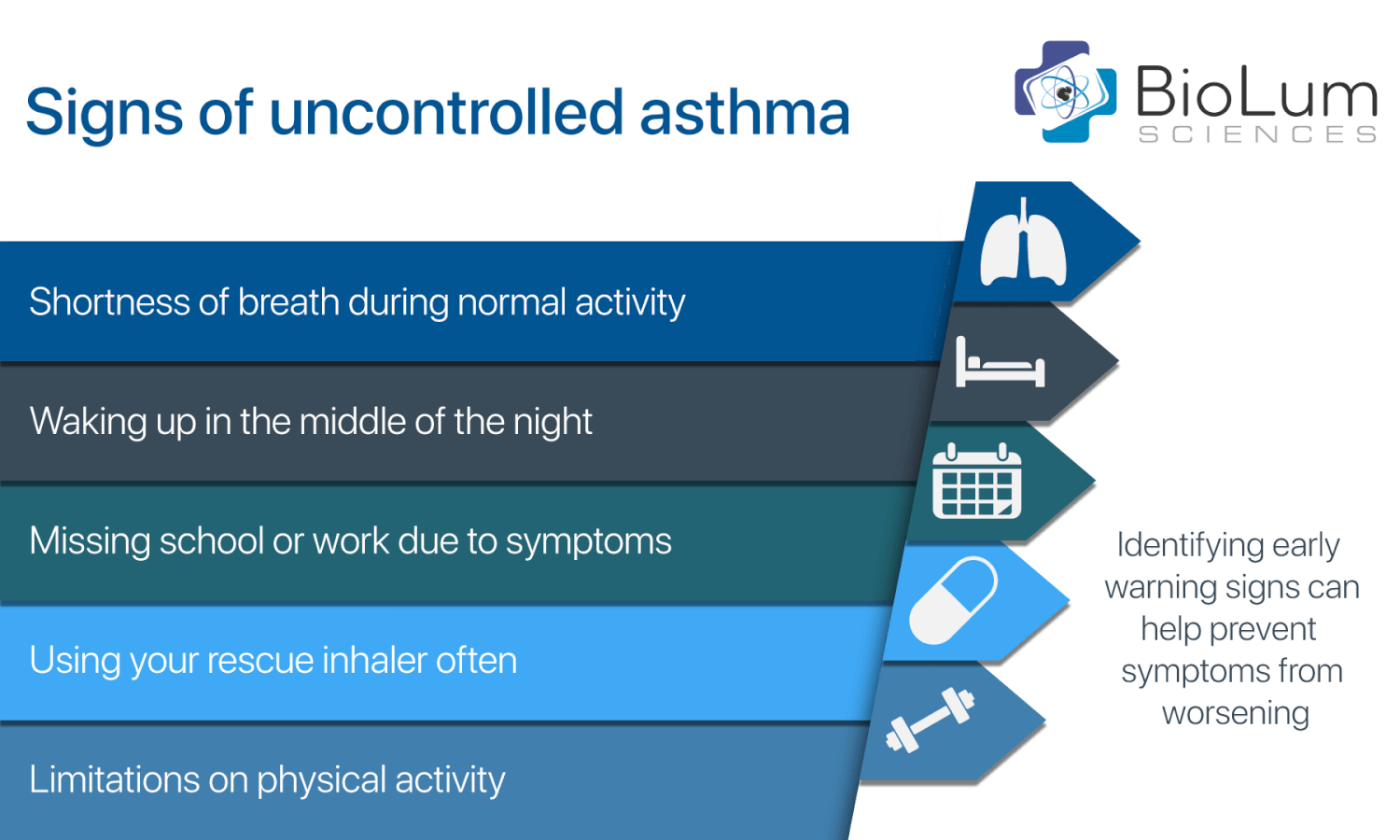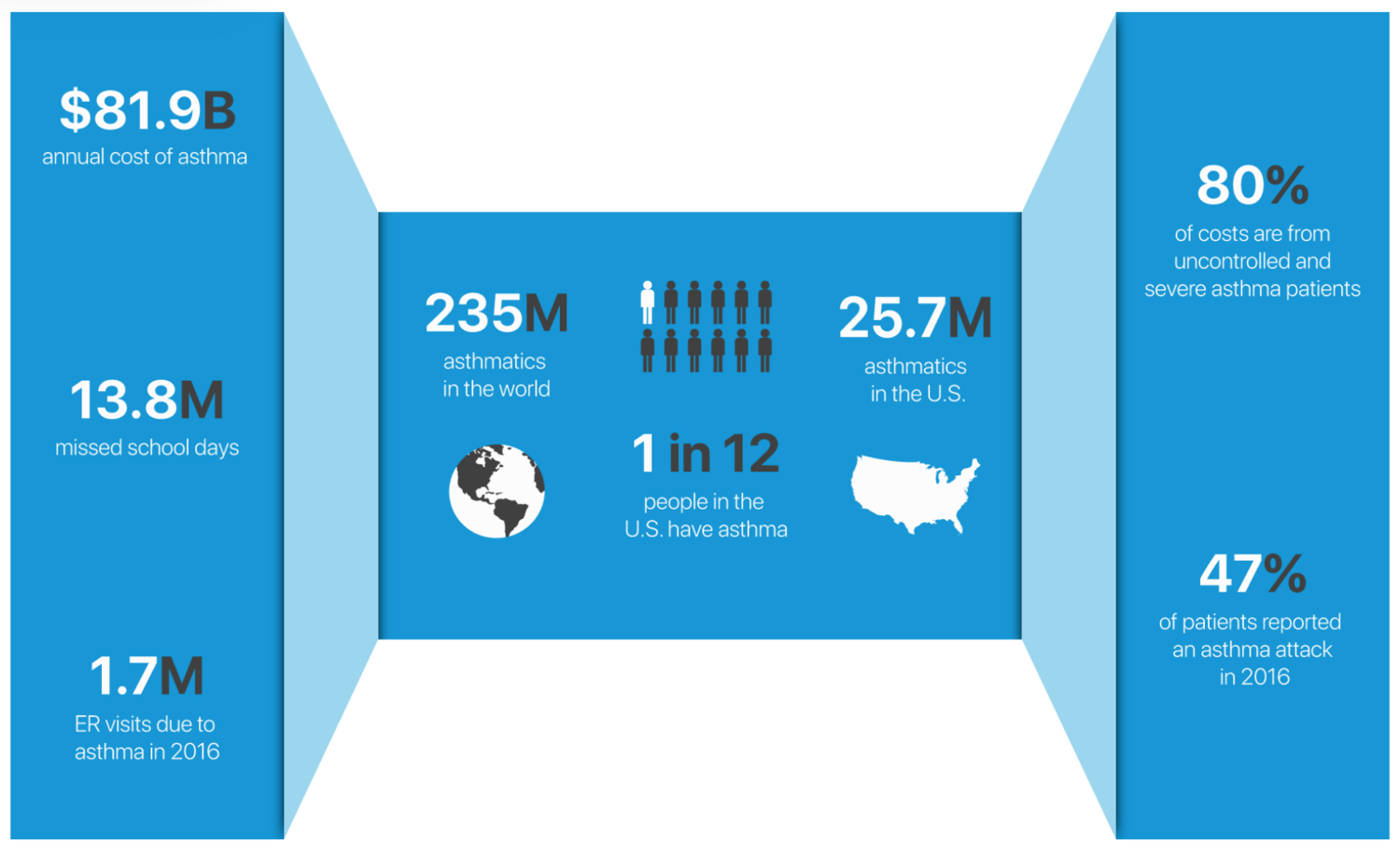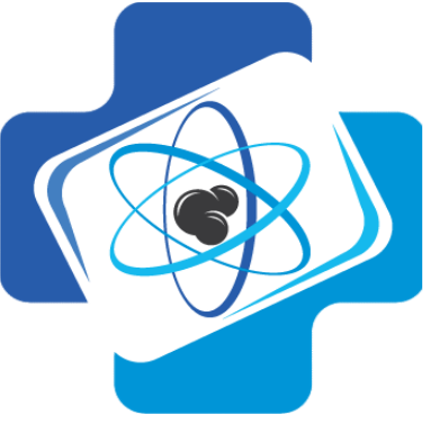
Resources
Decoding Cellular Communication and Dynamics of Reactive Species
- by Jack Reynolds
Cardiovascular disease (CVD) is a term that encompasses a wide range of conditions affecting the heart and blood vessels. It is a leading cause of death worldwide, responsible for approximately 18 million deaths each year. Understanding the different types of CVD can help individuals better understand the condition and its risk factors.
NO Limits: The Vast World of Nitric Oxide in Health and Disease
- by Jack Reynolds
The Nobel Prize in Physiology / Medicine 1998
In the late 1980s, pharmacologists Robert F. Furchgott, Louis J. Ignarro, and Ferid Murad made discoveries that would ripple through the scientific and medical world. Their groundbreaking work on the gas molecule, nitric oxide (NO), reshaped our understanding of human physiology. Their individual but related discoveries of NO’s signaling in the cardiovascular system would eventually earn the trio the Nobel Prize in 1998, and set countless scientists, including myself, on a journey to understand NO’s myriad roles.
Riseapps has been engaged in healthcare (and telehealth in particular) #softwaredevelopment for over 6 years, and have delivered 20+ healthtech-enabled products with full #HIPAAcompliance. But the market is ever-evolving which means both business and technical challenges emerge monthly or even daily. So, this prompted the idea of conducting a market-wide report that would share up-to-date, unique, and relevant healthcare technology, and telehealth, in particular, pain points, insights, and recommendations.
Cardiovascular disease (CVD) is a term that encompasses a wide range of conditions affecting the heart and blood vessels. It is a leading cause of death worldwide, responsible for approximately 18 million deaths each year. Understanding the different types of CVD can help individuals better understand the condition and its risk factors.
Reactive oxygen species are centrally involved in the pathophysiology of airway diseases such as asthma and chronic obstructive pulmonary disease. This study reports the development of a chemiluminescence assay and a device for measuring hydrogen peroxide in the exhaled breath condensate of asthma patients and healthy participants.
Noninvasive measurement of oxidative markers in clinical samples has the potential to rapidly provide information for disease management, but is limited by the need for expensive analytical instrumentation that precludes home monitoring or point-of-care applications. We have developed a simple to use diagnostic platform for airway hydrogen peroxide (H2O2) that combines optimized reaction-based chemiluminescent designs with an inexpensive reader and app integration.
The 2021 update of the Global Strategy for Asthma Management and Prevention incorporates new scientific information about asthma based on a review of recent scientific literature by an international panel of experts on the GINA Science Committee. This comprehensive and practical resource about one of the most common chronic lung diseases worldwide contains extensive citations from the scientific literature and forms the basis for other GINA documents and programs.
Receiving a chronic disease diagnosis is scary. You may feel apprehensive about what the future holds or grief for what you’ve lost. Your emotions after a life-changing diagnosis can be paralyzing. If you’ve been diagnosed with chronic obstructive pulmonary disease (COPD), for example, you may wonder how it will affect your daily life. Since COPD can make it difficult to breathe, it can limit the things you’re able to do on a regular basis. However, there is a path forward while living with chronic illness. In fact, people who face their illness head-on feel more at peace than those who avoid their diagnosis. Here’s where to start.
Learning that your child has a congenital heart condition can be a scary moment as a parent. At this time, you want to do all you can to protect your little one's well-being. Since children are too young to advocate for themselves, this responsibility often falls to the parents. Rest assured that there are many resources available to help. Read on to discover how parents of kids with congenital heart defects can help their little ones thrive.
If you’ve been diagnosed with a condition that causes chronic pain, you’re probably feeling a range of emotions, from scared to angry to relieved. A chronic pain diagnosis can be overwhelming, but the good news is that you’re not alone. Today, BioLum Sciences shares some essential advice for coping.











